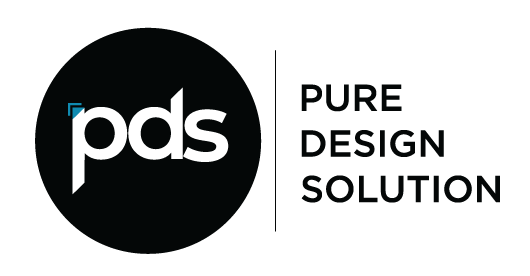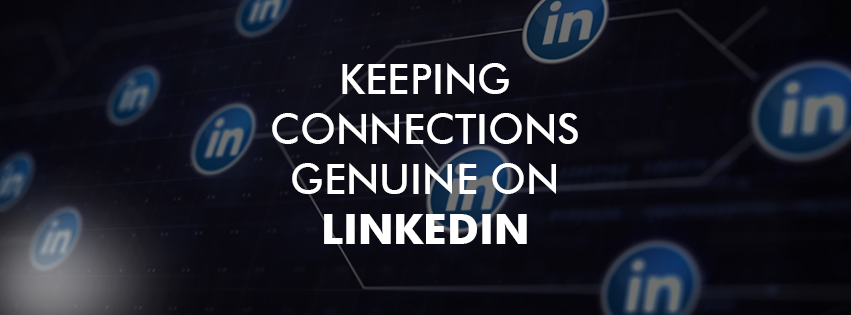With over 774 million members in hundreds of countries across the globe, it’s no wonder LinkedIn is a powerful tool in the digital marketing world. The possibilities for great connections are limitless. That said, it isn’t easy to create a solid connection.
If you’re a LinkedIn regular, you may have noticed that LinkedIn interactions have grown substantially over the past 18 months. Most B2B companies are leveraging the social selling power of LinkedIn in attempts to build meaningful connections. However, these companies often find themselves disappointed by the lack of response from their messaging attempts.
We have become more sensitive to messaging than ever before – filtering out most of the messages when they start to sound surfacy, salesy and repetitive. We crave sincerity and genuineness, and ultimately want to help one another – so if that doesn’t translate in your messaging, you’ll be left with no response.
LinkedIn has some tools in place for a more targeted approach. This can help you get your business in front of the right prospects, but remember you only have one shot at a great first impression. You need to be prepared with an approach that will encourage your prospects to keep the door open. It can be difficult to craft the right messaging, even when you know your products or services are an excellent solution to their problems.
To simplify your process, set up a plan to follow with each new prospect on LinkedIn. Develop a series of drip messages that you can easily revise per audience type. Follow the steps below.
- 1. Make a Personalized Request to Connect – This is the first message you send a potential LinkedIn “Connection.” Address your prospect by name and introduce yourself. Clearly express why you think a connection between you and them is a good fit. In this message, be sure to relate to their services or to recent content they’ve posted on their profile. Mention mutual Connections, if you have any.
- 2. Ask an Open-ended Question – Questions are the best way to get people talking, especially if you’re asking about a potential pain point or possible issue that needs attention. It will help break the silos and get them to open up. Make sure to pay close attention to how they respond – listen.
- 3. Send A Useful Resource or Article – Once you know their pain point, you can share a useful resource from your sales collateral – such as a blog, a white paper or an Ebook. Choose thoughtfully. Your goal is to guide them to a resource that speaks to them.
- 4. Request a meeting – Yes, this one comes last, and I strongly suggest you don’t rush into this! The initial messages will send a signal to the prospect that you are there to genuinely connect with them and help them – not only to make a sale. Be helpful, prepare to follow through on anything you’ve promised. provide the right resources and the business will come to you.
When you’re ready to give drip messaging a try, contemplate your business “why” as you develop your messaging. Have a clear picture of why you started in the first place and why you continue forward. This will help you approach your connections with authenticity – an asset to any long-lasting business relationship.
Today there’s a bigger pull to the real, the raw and the authentic. Drip messaging through LinkedIn is a great place to get started.
Please connect with me any time you want help with this or if you have questions about anything in digital marketing.

